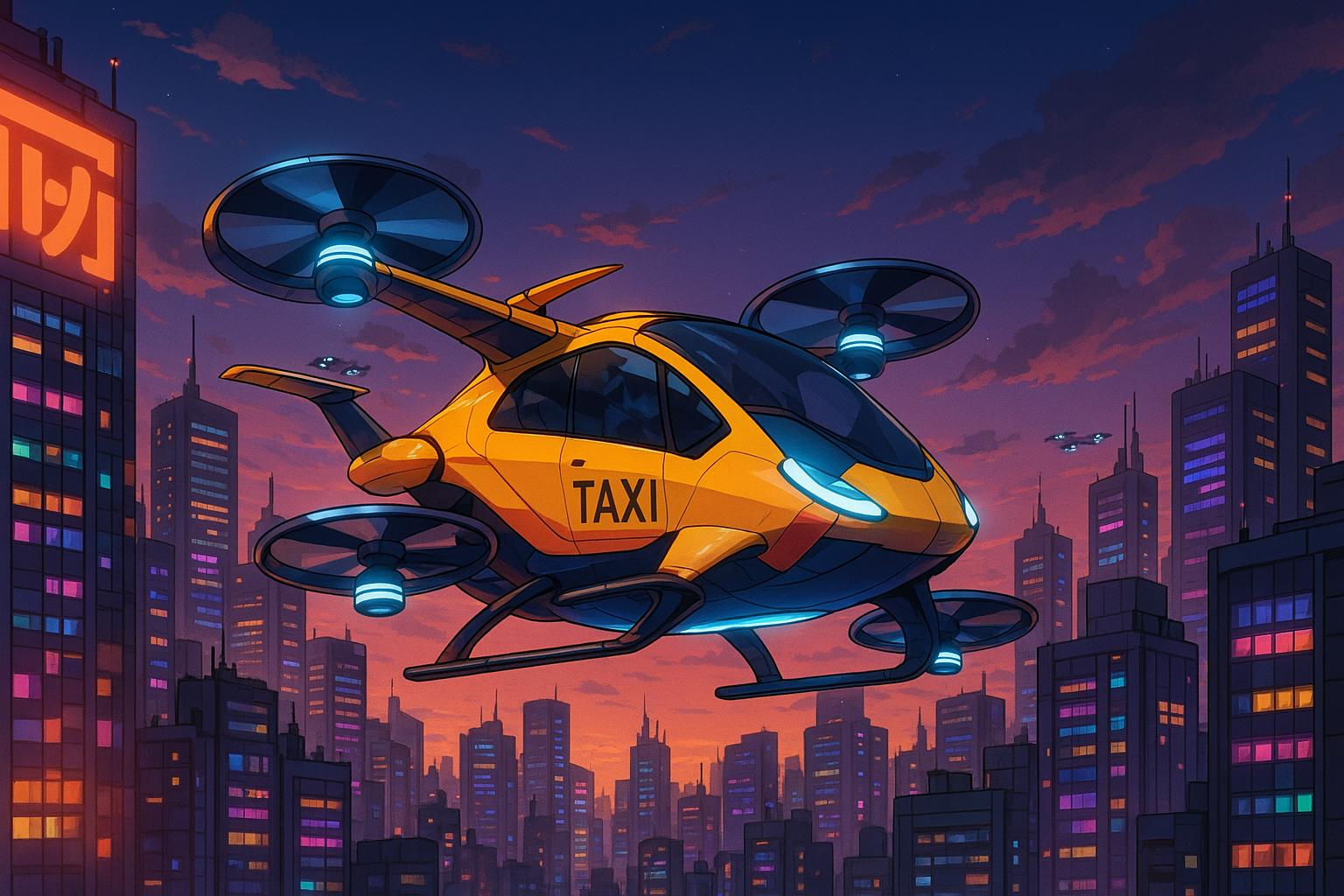The emergence of the low altitude economy (LAE), bolstered by electric vertical take-off and landing (eVTOL) vehicles, is set to transform various industries, positioning it as a multi-trillion-dollar market. According to Morgan Stanley, the LAE is projected to reach a staggering $1 trillion by 2040 and expand further to $9 trillion by 2050. This growth trajectory encompasses applications in logistics, public security, tourism, and urban commuting, illustrating the profound potential of this developing sector.
Leading the charge in the eVTOL journey are companies like Archer Aviation and Joby Aviation, which are at the forefront of innovations and market strategies. Archer, for instance, is testing its eVTOL models and exploring military applications in collaboration with defense contractor Anduril. Joby, on the other hand, is working towards certifying its air taxi for public use. However, the industry is not without competition; Tesla is increasingly seen as a potential disruptor. The company’s strengths in autonomy, electric motors, and mass manufacturing could seamlessly transfer to aerial applications. Analyst Adam Jonas notes that Tesla’s advancements in autonomous vehicle technology provide it with a significant edge, particularly as the company gears up for its robotaxi launch in Austin, Texas, later this month.
Tesla's robotaxi initiative not only represents a strategic pivot from traditional vehicle production to autonomous mobility but also casts a wider net for the company’s future valuation. Following an announcement earlier this year by CEO Elon Musk, the company is preparing to deploy its self-driving vehicles in various areas of Austin. Details remain sparse, and Tesla is currently attempting to block the release of related public records, claiming that they contain sensitive competitive strategies. The outcome of this request is pending with the Texas Attorney General, highlighting the delicate balance between corporate transparency and competitive secrecy in the rapidly evolving tech landscape.
Global advancements in the eVTOL sector are also being mirrored in China, where regulatory support and technological progress have rapidly positioned the country as a leader in the flying taxi market. With a projected market value of $1.5 trillion by 2040, the Chinese eVTOL segment has already seen significant milestones, such as AutoFlight Group's achievement of the world’s first airworthiness certification for a heavy eVTOL aircraft. The Civil Aviation Administration of China has played a pivotal role in this progress, fostering a fertile ground for innovation despite underlying challenges such as airspace restrictions.
While the prospects of the LAE appear promising, several factors could dictate the pace of its growth. Regulatory hurdles, infrastructural development needs, and public acceptance continue to pose challenges that companies must navigate. The intersection of artificial intelligence, robotics, and electrification can undoubtedly spur a revolution in transportation and logistics, yet it hinges on overcoming these obstacles.
As the competition heats up among key players like Archer Aviation, Joby Aviation, and Tesla, the future of the low altitude economy remains uncertain but teeming with potential. The convergence of ground and aerial mobility is not just a fleeting trend but a significant transformation in the transportation landscape. In this race to capture a share of the trillion-dollar frontier, the stakes are set to rise, promising a new era of mobility.
📌 Reference Map:
- Paragraph 1 – [1]
- Paragraph 2 – [1], [3], [5]
- Paragraph 3 – [1], [2], [4]
- Paragraph 4 – [2], [7]
- Paragraph 5 – [6]
- Paragraph 6 – [1], [4], [5]
- Paragraph 7 – [2], [3]
Source: Noah Wire Services
